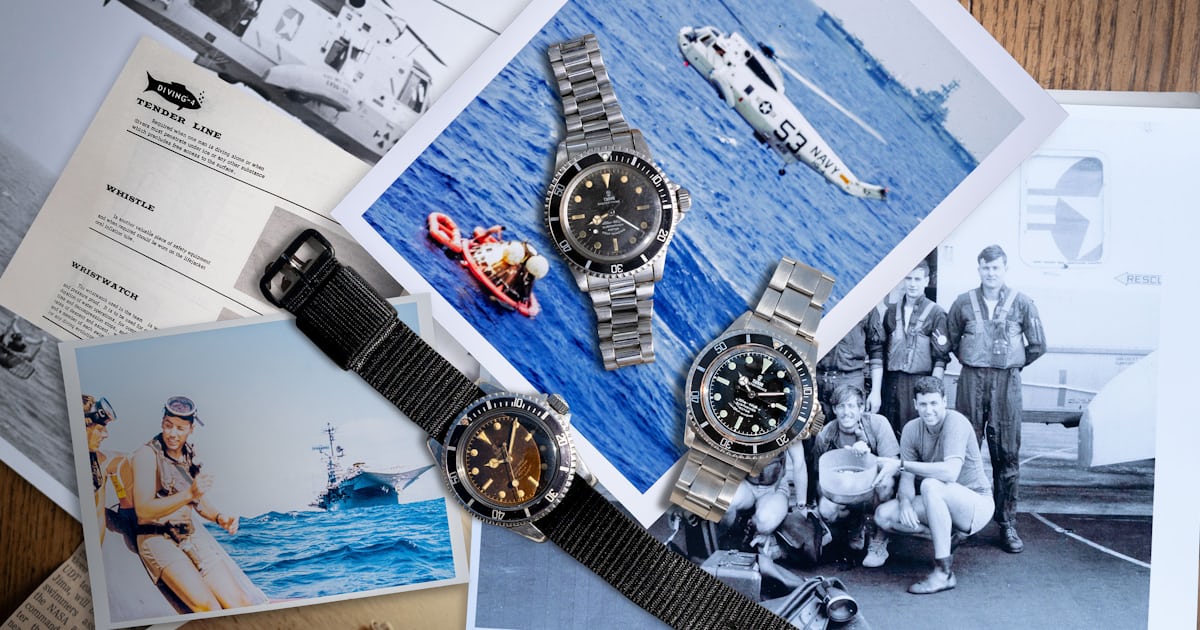

The Navy’s maritime special operations force has its roots in the Naval Combat Demolition Units (NCDUs), Underwater Demolition Teams (UDTs), Amphibious Scouts and Raiders (S&R), and Office of Strategic Services (OSS) Maritime Unit established during World War II. These specialized units were tasked with scouting beach approaches and clearing underwater hazards in advance of amphibious invasions, such as that on D-Day in June of 1944. These weren’t necessarily fighting units, but problem solvers. They were often only equipped with swim trunks, fins, a diving mask, a watch, and a knife, and sent ashore, particularly under the cover of night, to plant explosives and destroy obstacles put in place to deter amphibious landings by the Army and Marines. By the early 1960s, the concept of commando-type, small-team operations had proven effective enough to evolve the UDT’s role to include surprise attacks, often from boats or deployed from submarines. The unit existed in parallel with a new fighting force: the Navy SEALs. These teams were well suited for the unconventional, often “guerrilla” style combat that was part of the Vietnam War, and UDT and SEAL teams were routinely deployed up and down the coast and in the river deltas of Southeast Asia. By this time, according to records, most of them were wearing issued Tudor Submariners, often on rubber straps, sometimes on fabric pass-throughs, or occasionally on a custom-engraved steel Olangapo cuff.







